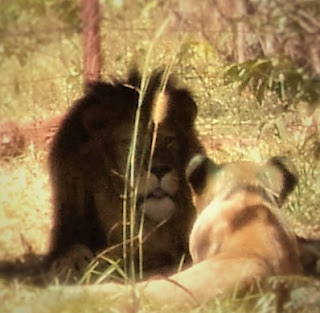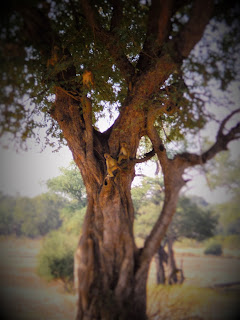Monday 13 June
This morning Yanni and I were down to help with a kids activity. WILD KIDZ is a program that takes place every year about this time. We had 21 kids between about 5-10 years old. The program was to raise awareness of conservation issues by teaching essential bush skills in an Eco friendly way. So today we taught the following:
How to collect water in the bush
You will need 3 things:
A medium sized plastic tub
A strip of black plastic bin liner
Half a dozen medium sized stones.
Then you need to take 3 steps:
Dig a hole slightly larger than the tub and put the tub inside
Cover the tub with the black bin liner
Place stones on the plastic to stop it blowing off
We did this, and tomorrow will come back to see how much water we have collected.
How to camouflage yourself in the bush
How to build a shelter in the bush
We were to go into the woods to collect items that could be used to camouflage ourselves; and some items to build a shelter with. By the way, here are some pictures we showed the kids of animals camouflaging themselves - I loved these, and invite you to see if you can spot the animals.














Then we led 21 small kids into the woods, happy, excited, eager to collect leaves and long branches and sticks, bits of moss and twigs and what not. While the girls screamed at the sight of any insects and picked only flowers, my boys dived into the woods and fought their way back out with massive branches, bamboo sticks and the like. I was very happy with this until half way through when a wretched child that was not even in my group wandered aimlessly over to me and then stepped too close to an electric fence and shocked himself. Shocked me too, screaming like that. A woman at my time of life should not be given shocks, it could be dangerous, I could have had a heart attack. Little beast was too busy screaming to think about things from my perspective. He even set the lions off - which scared the rest of the kids - so they started screaming - just what I needed. Meanwhile all the adults were looking at me as if they expected me to solve the problem. In the end I picked him up to stop the yelling, and he’s lucky I didn’t obey my instincts and strangle him on the spot. Stupid boy. Still, no permanent damage to the child, at least nothing that can be proved and we could be sued for. Got the rest of kids back in one piece, and stored our big sticks for tomorrow when we will make a shelter out of them.
The kids had a period of play, and as ever the termite mound was a huge success. It’s ironic that a lot of money has been spent to provide a good children’s play area with a slide, wooden house on stilts, swing set, metal speed boat with steering wheel, old tire climbing frame, and other such delights, and when faced with the whole playground the kids rush as one man to the termite mound and start trying to climb it. Here are some pictures:
 |
Kids climbing termite hill
|
 |
| Eschewed play house |
I noted again that the toilet was in a revolting state. We have cleaners who come every day so I couldn’t understand why the toilet is in such a filthy mess. I found out today. The problem is that we have a western flushing toilet, and many of the kids have never seen one before, so they have been standing on the toilet seat and relieving themselves from this position. No wonder the place is awash with unmentionables. Perhaps I can put an electric fence around the toilet and put a ‘how to use the toilet’ poster with step by step instructions, and the threat to electrocute anyone who causes pee or poop to come into being anywhere other than inside the toilet. I shall give this more thought.
In the afternoon I had lion obs, my favorite activity other than feeding Frank, my little blue monkey. Frank is such a pretty little monkey, but he is very nervous and fearful. We had to change the teat on his bottle the other day and he has refused to feed since. He will sniff the teat, and may even stick out his tongue and lick the milk from the beat, but he wont suckle. His feeds are taking hours instead of minutes. But the silver lining is that I get to sit and watch him and his foster mother, Gaia, as they play between short feeding sessions.
Tomorrow Yanni and I are scheduled to work with the Wild Kidz again in the morning. Which we will look forwards to no end.


















































